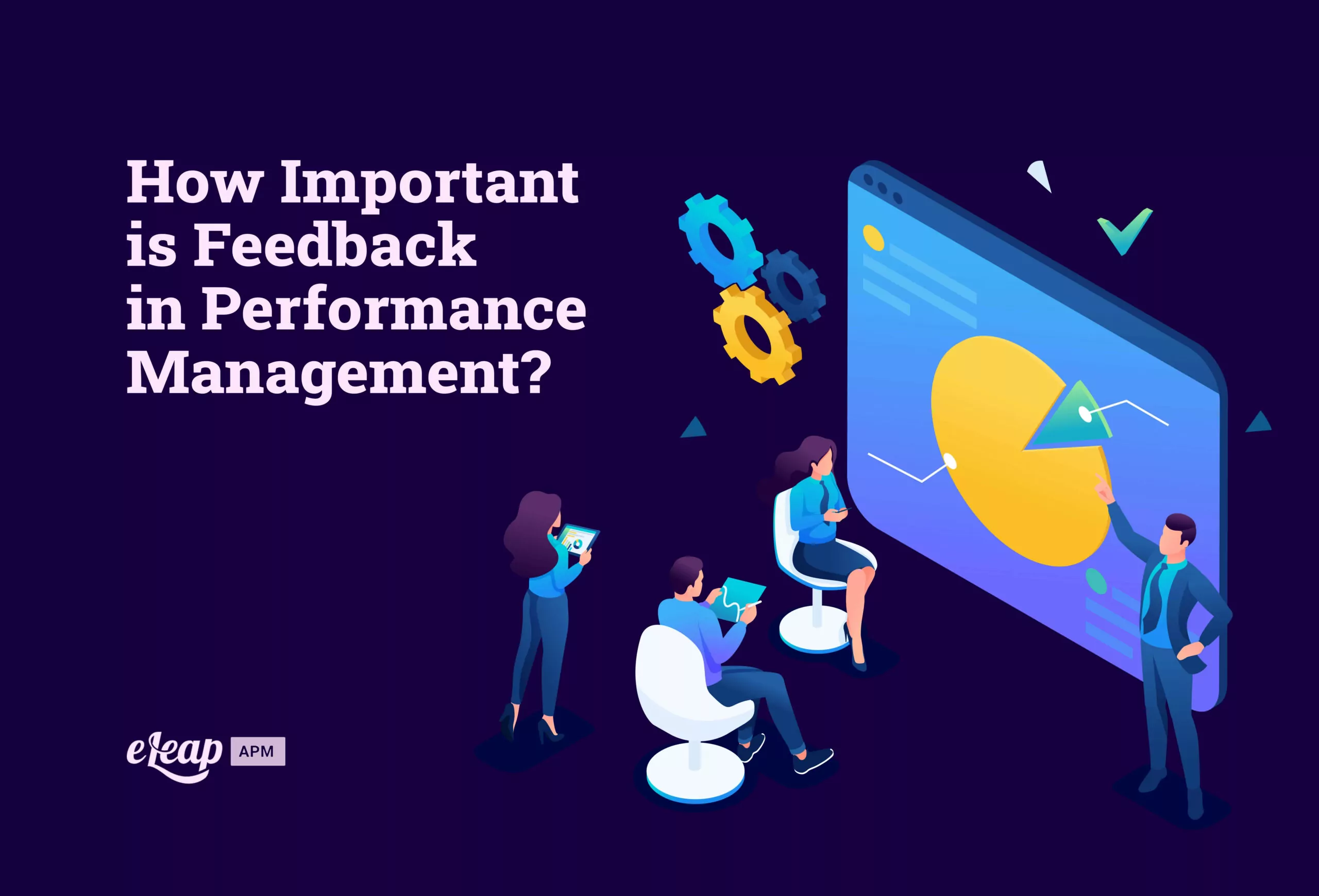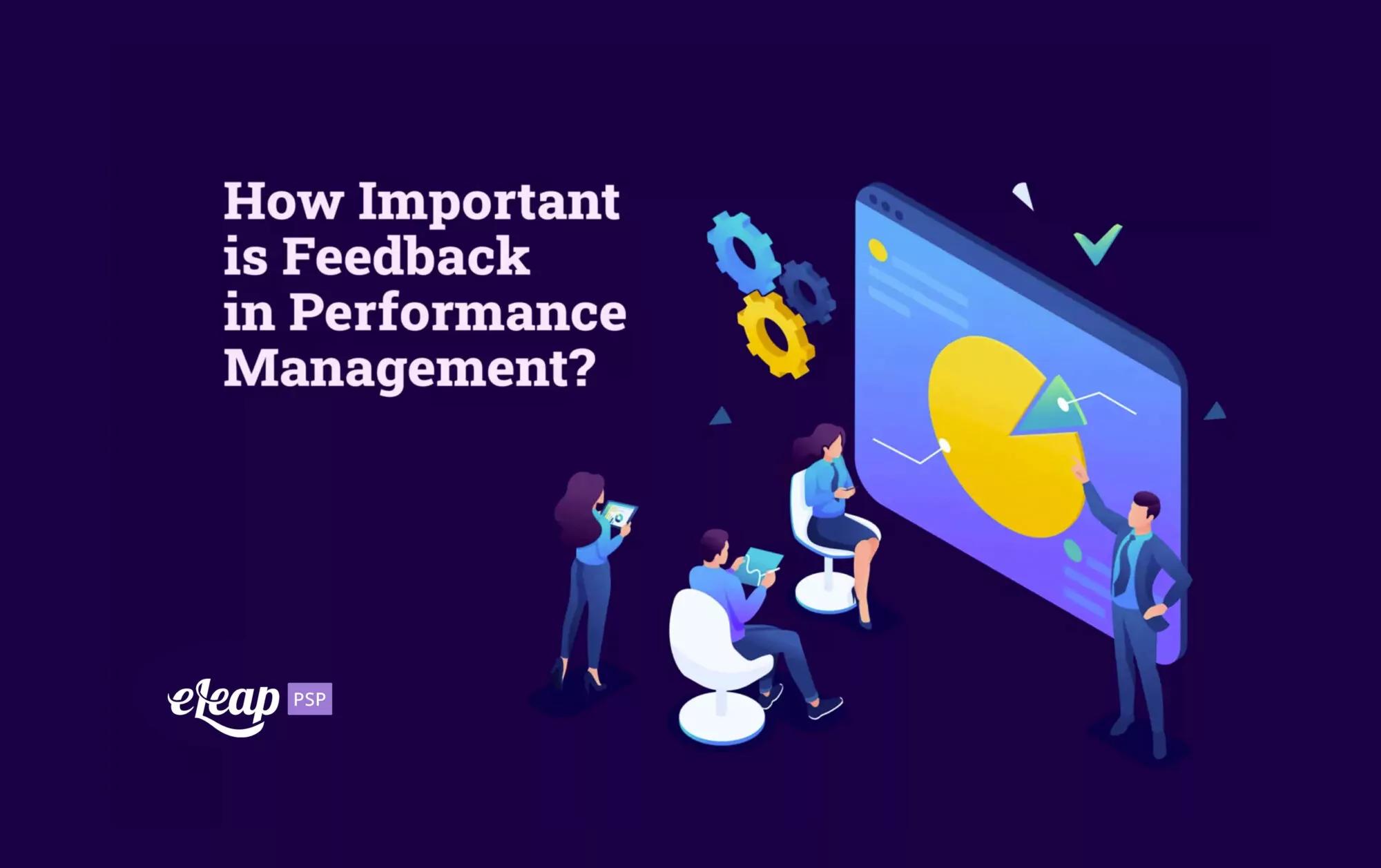How Important is Feedback in Performance Management?

Recently, employee engagement tools have exploded across the corporate market. This gives team members the ability to express opinions and has transformed the entire landscape of management. High-ranking members of corporations are now evaluated by their ability to keep team members satisfied.
This doesn’t come without reason. When employees are content, they are more productive, innovative, and have newfound attention toward providing customers with quality. You only need to spend a few minutes in a grocery store, airplane, or any other location where you have face-to-face time with a provider or employee. When they are happy, your time is more enjoyable, in turn making you much happier.
Huge changes in business models have perpetrated this need to engage employees. Companies are scrambling to build platforms around their offerings, and the percentage of value going toward services is increasing daily.
Regardless of what industry you’re in, every company is in the people business. The bottom line is, if you want your customers to be happy, your employees must be happy.

Creating the Feedback Culture
How do you craft a company that cares about its employees and listens to them?
Leveraging feedback is cultural and technical. You must build a management culture that creates an atmosphere and safety and comfort that promotes the ability of employees to speak their minds.
You don’t want employees to just be able to complain, either – you want real feedback, including constructive criticism, advice on development, and the overall sharing of unbiased information.
Sometimes it can take feedback a long time to take hold. For the first few months, or even years, people might be nervous about having this freedom. However, as people begin to engage with the system and build trust with management, the idea spreads like wildfire.
You can even use social media to promote this type of environment. It can be a very positive thing to promote an open culture, and some tools make this easy.
Up until the last couple of decades, some companies didn’t survey employees at all. If they did, it was only once per year. Today, it’s common for organizations to use pulse surveys to listen to employees regularly. The data goes to managers almost instantly.
Certain organizations are utilizing systems that ask employees a new question every week. The results go to management so they can immediately identify an issue that should be addressed.
The Feedback Architecture
Hundreds of tools exist to make this job easy. Performance management solutions provide the ability to check in with multiple forms of feedback, so there’s no shortage by any means.
When you look at these tools, think about your company’s feedback architecture. This allows you to group these forms of feedback. Basically, you want what is known as cross-platform intelligence, which pulls all of the feedback into a meaningful set of findings.
As all these tools begin to take hold, employee engagement will continue to rise. Companies know more about their employees’ needs than ever before, and it shows with the numbers.
What about beyond data collection? How do you efficiently use this data?
From Feedback to Action
When the employee engagement industry began, it was a word intended for statisticians and industrial psychologists. Special groups within HR developed surveys analyzed the results and tried to find the most relevant questions. Those days are long gone, and there is a flood of feedback data, and it must be put to use.
How do you understand which questions to ask? What do you do with all of the data from these questions? Do you give it to managers to look over, or is there something more efficient that you can do with this information?
It can be a pretty complex issue. Employees have a huge scope of varieties they need at work. These things must be looked at with an expansive view.
In some corporate settings, managers micromanage their teams. People do not feel empowered and are frustrated. People might not know what they’re accountable for in other settings, so they can’t set priorities. Things are unorganized, there are no clearly defined roles, and it can be a mess. Other settings may be too distracting or noisy, so people can’t be productive. However, people feel like they can never get ahead in different settings. This makes people feel like they’re stuck in a rut. Finally, some companies don’t trust leadership, and the list continues to go on and on.
This should be viewed as a holistic problem. Get used to the fact that all of these issues are important. Instead of deciding which matters the most, allow your team members to speak about all of them, and they’ll tell you which ones matter most.
Help Managers Act
What do you do with all of the information you have? How do you use it to help managers assist employees in improvement? Feedback systems must be intelligent and send real-time nudges, alerts, and tips to leaders and their teams.
This new generation of tools can analyze and interpret all of the relevant data. Then give managers specific options they can take for action. The market is moving from a market of feedback to manager development, where the system and tools are the real management system to promote continuous improvement.
Getting Managers to Act
How can you make them take this action? It takes a combination of culture and technology. First, you must show that veteran leaders care. Once management is shown that they can be rewarded for taking care of employees, your tools will do some amazing things. The entire system will be more efficient, productive, and collaborative.
It’s true; there is a ton of technology going on in these systems. Technology takes some tweaking, and feedback tools will get better over time. As each workgroup gets more results, managers will begin to see the impact of their new actions, and things will become more consistent.
The bottom line has systems and tools in place that provide actionable information for teams and managers. Regardless of your technology, you’re still able to move in the right direction now. Encourage managers to engage employees, share information, and encourage action from their employees. This is an important piece of the puzzle that doesn’t require any waiting for the right platform and can drive results right away!
The eLeaP continuous performance management system provides organizations with powerful options to attract and retain high caliber team members.